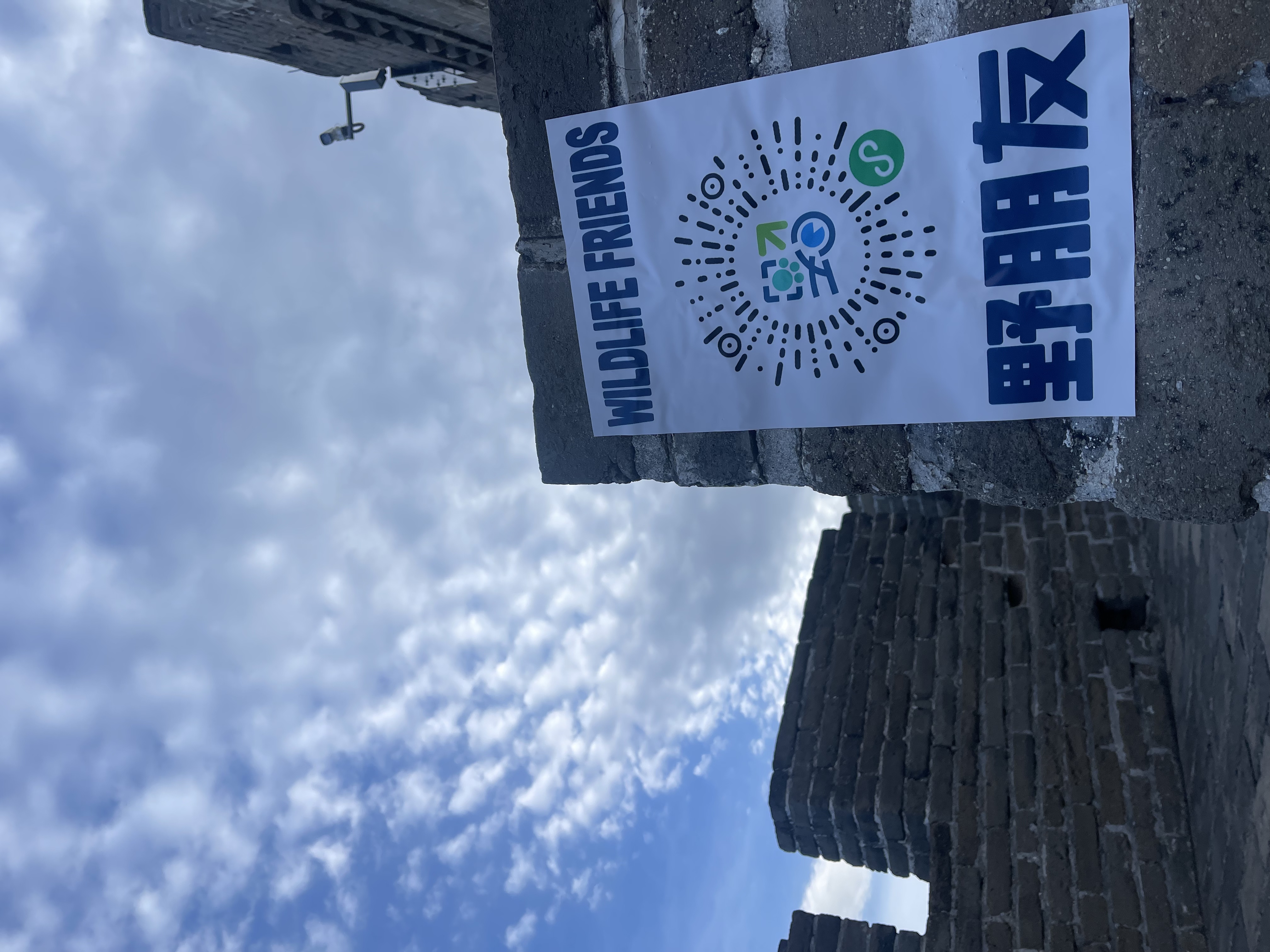. Reframing Relationships between Humans and the Earth: The "Anthropocene", a New Ideology to Justify the Status Quo?
The Bubbles or the Boiling Water?
André Francisco Pilon
The Bubbles or the Boiling Water?
André Francisco Pilon
Communication, advocacy, public policies, research and teaching programs take in account the general phenomenon in view of the transformation of the dominant paradigms of development, growth, wealth, power and freedom embedded at political, economic, educational and cultural levels. Earth’s regeneration and mankind’s regeneration, as faces of the same coin, are addressed simultaneously, for their mutual support, in view of all dimensions of being in the world, as they combine, as donors and recipients, to induce the events (deficits/assets), cope with consequences (desired/undesired) and contribute for change (potential outputs): intimate, interactive, social and biophysical. In the socio-cultural learning niches, heuristic-hermeneutic experiences could generate awareness, interpretation and understanding beyond established stereotypes, from a thematic (“what” is at stake), an epistemic (“how” to understand and define the events) and a strategic (who, when, where) point of view.
According the recommendations of the Earth System Governance Project, it is necessary to explore the following questions: How to assess the institutional, political and social context in view of comparative research and meta-analyses to reveal general patterns and trends that vary by context? What are the research topics and questions where the accumulation of knowledge would be particularly fruitful in terms of scientific progress and/or impact on policy and governance? What comparative research, systematic reviews and meta-analyses exist? Which research results are in fact (not) taken up by policy makers, and why (not)? How to develop and use a basic terminology that is widely shared, but nevertheless open to reinterpretations and new concepts? How to coordinate collaborations such as common dictionaries or shared databases? How might the Science-Policy Interface community influence the policies of journals and funding agencies ? How to deal with communication, advocacy, public policies, research and teaching programs in view of research integrity?
Relevant questions regarding knowledge collaborations:
Beyond Traditional Boundaries: Participatory science projects that cross disciplinary boundaries, leading to more holistic and innovative research.
Braiding Indigenous Knowledge and Western Science: Projects that build and reflect different knowledge traditions for deeper understandings and respectful planning.
Addressing Global Challenges:
Developing sustainable technologies, understanding climate patterns, and proposing mitigation strategies; improving disease diagnosis, treatment, and prevention; or exploring alternative energy sources, efficient resource management, and sustainable agriculture.
Expanding Basic Discoveries: Contributing to fundamental scientific advancement, in fields like health, physics, chemistry, biology, ecology, etc., or developing technological advancements that support scientific discovery.
Diversity and inclusion:
Bridging the Gap: Efforts ensuring that projects are accessible to people from diverse backgrounds, including those with disabilities and from marginalized communities.
Community-Based and Boundary Organization Partnerships:Leveraging partnerships to bring project opportunities to new audiences.
